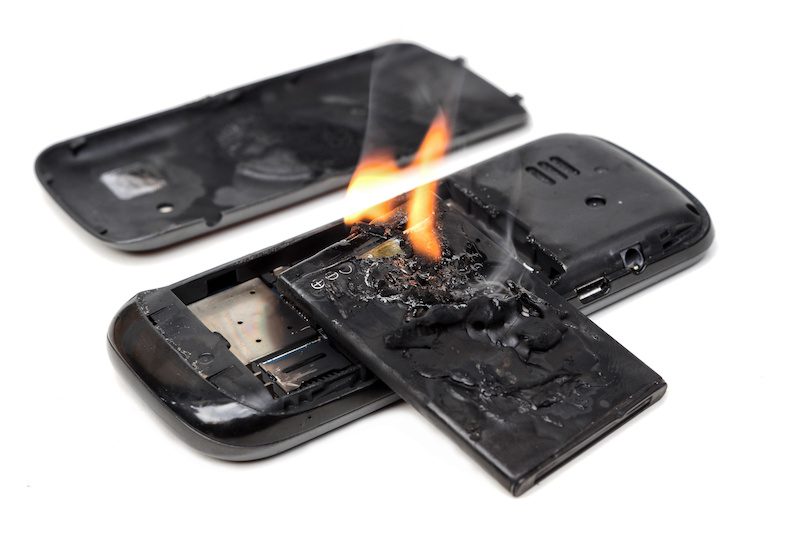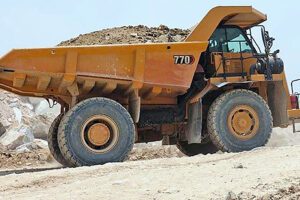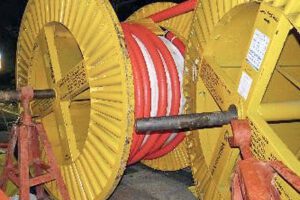A USA based regulator has released a Safety and Health Information Bulletin warning employers and workers of potential fire and explosion hazards stemming from lithium batteries used to power small or wearable electronic devices. The warning has implications for a range of devices used on mining sites throughout Australia.
The Regulator said that “More than 25,000 overheating or fire incidents – involving more than 400 types of lithium battery-powered products – occurred between January 2012 and July 2017, according to the Consumer Product Safety Commission’s Status Report on High Energy Density Batteries Project, published on Feb. 12, 2018.”
While it highlighted that “Lithium batteries are generally safe and unlikely to malfunction (i.e., fail), but only so long as there are no defects and the batteries are not damaged. When lithium batteries fail to operate safely, they may present a fire or explosion hazard.”
It warned that battery damage can occur from physical impact, exposure to extreme temperatures or failure to follow manufacturers’ recommendations when charging a device or battery.
The Regulator has issued advice regarding prevention and training strategies for lithium battery safety which includes:
- Make sure lithium batteries and all other equipment are tested under appropriate standards, certified by a recognised laboratory and rated for their intended uses.
- Follow manufacturers’ instructions for storage, use, charging and maintenance.
- Ensure replacement batteries and chargers are designed and approved for use with specific devices. Buy batteries or chargers from the device’s manufacturer or an authorized reseller.
- Remove lithium-powered devices and batteries from chargers when they are fully charged.
- Store devices and batteries in fire-resistant containers and in cool, dry locations.
- Inspect devices and batteries before use for signs of damage such as bulging, cracking, hissing, leaking and smoking, especially if they are wearable. If any of these signs are present, immediately remove a device or battery from service and place it away from flammable materials.
- Ensure workers remove a device from clothing if it feels hot or shows any of the aforementioned, or similar, signs of damage.
- Follow local, state and federal regulations on proper disposal. Contact a local battery recycling centre for disposal instructions.
- Follow manufacturers’ guidelines or employer policies when extinguishing small battery fires.
“Ensure that an emergency action plan for a workplace with lithium-powered devices or batteries includes lithium-related incident response procedures based on manufacturers’ instructions for responding to battery failures, including fires or explosions,”
The Regulator has warned that employers should communicate information about the hazards of lithium-powered devices and lithium battery safety to workers.
Mining sites should consider the implications for high energy density batteries as a component of their site safety program considering that many devices used on sites contain and operate on batteries.
Read more Mining Safety News
Smart Devices
“Smart technology” is the integrated use of devices that communicate with one another to streamline the performance of certain tasks. This concept, also known as the Internet of Things (IoT) is gradually transforming many industries and there is huge potential for mining to gain benefits as new functionality is developed.
EMIoT, developed by WBS Technology with the University of NSW, transforms facility management and compliance because wireless sensor networks are embedded in emergency lighting which establishes an Io Tnetwork. Read more on this story














Add Comment